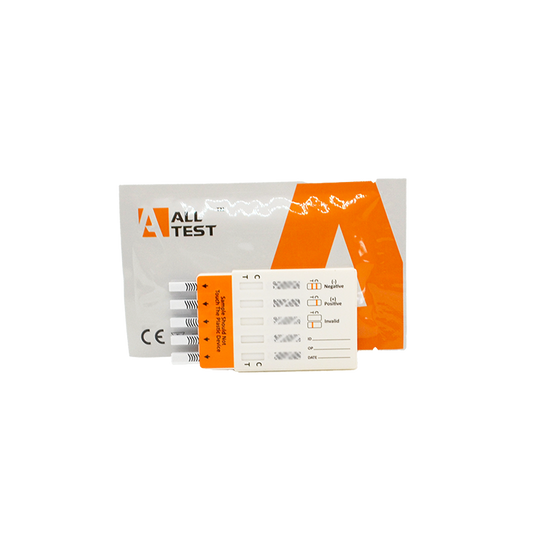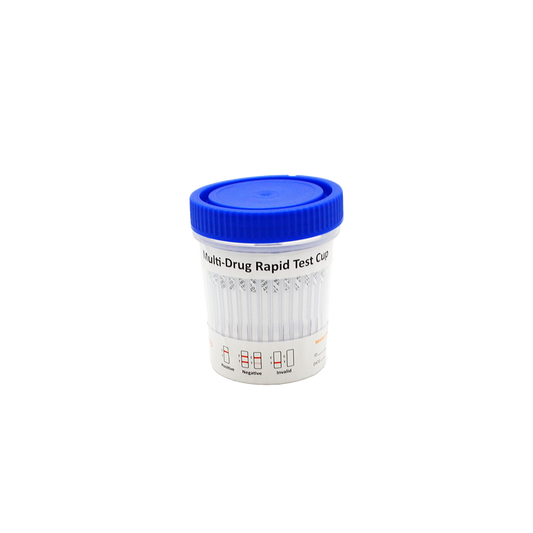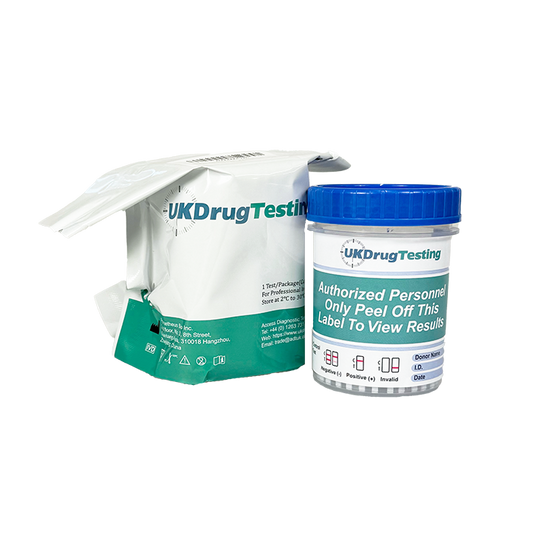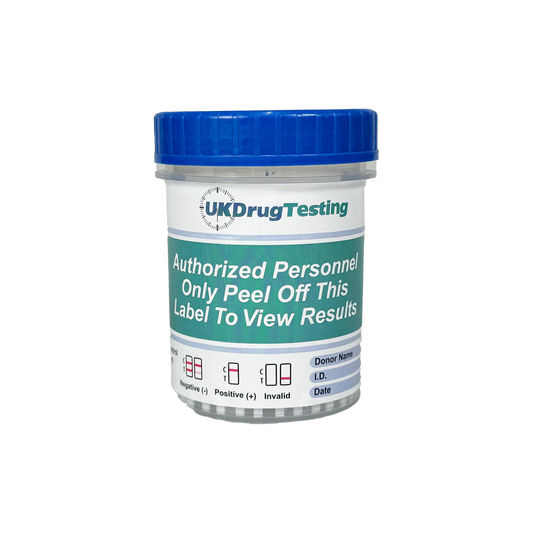Fentanyl is classed as a potent synthetic opioid and is primarily prescribed for managing severe pain, particularly in advanced cancer or post-surgery recovery scenarios. Renowned for its extraordinary strength, approximately 50 to 100 times more powerful than morphine, fentanyl is an extremely dangerous drug. Its rapid onset and brief duration of action render it invaluable for anesthesia and immediate pain relief within medical contexts. However, the illicit production and distribution of fentanyl, often adulterated with other substances in underground markets, significantly heightens the risk of overdoses and fatalities due to its potency. Responsible handling and strict medical oversight during administration are imperative, as any misuse or accidental exposure to fentanyl can precipitate life-threatening situations.
What does FYL stand for on a drug test?
Fentanyl
Will fentanyl show on an Opiate drug test?
No, Fentanyl is classed as a synthetic opioid that does not break down into morphine and so will not show up on our standard MOP opiate tests
Can you test positive for fentanyl from secondhand exposure?
It is highly unlikely to test positive for fentanyl due to secondhand exposure. Fentanyl is not easily absorbed through casual contact or the air.
How long does fentanyl stay in your system for a drug test?
For urine tests, fentanyl is usually detectable for 24 to 72 hours after the last use. Saliva tests can detect fentanyl for up to 48 hours, Hair tests can reveal fentanyl use for up to 90 days, but they are less commonly used for immediate detection.
Fentanyl can typically be detected within hours after use. Urine tests can identify fentanyl as soon as 2-4 hours after ingestion, while saliva tests may detect it in as little as 1-2 hours.






